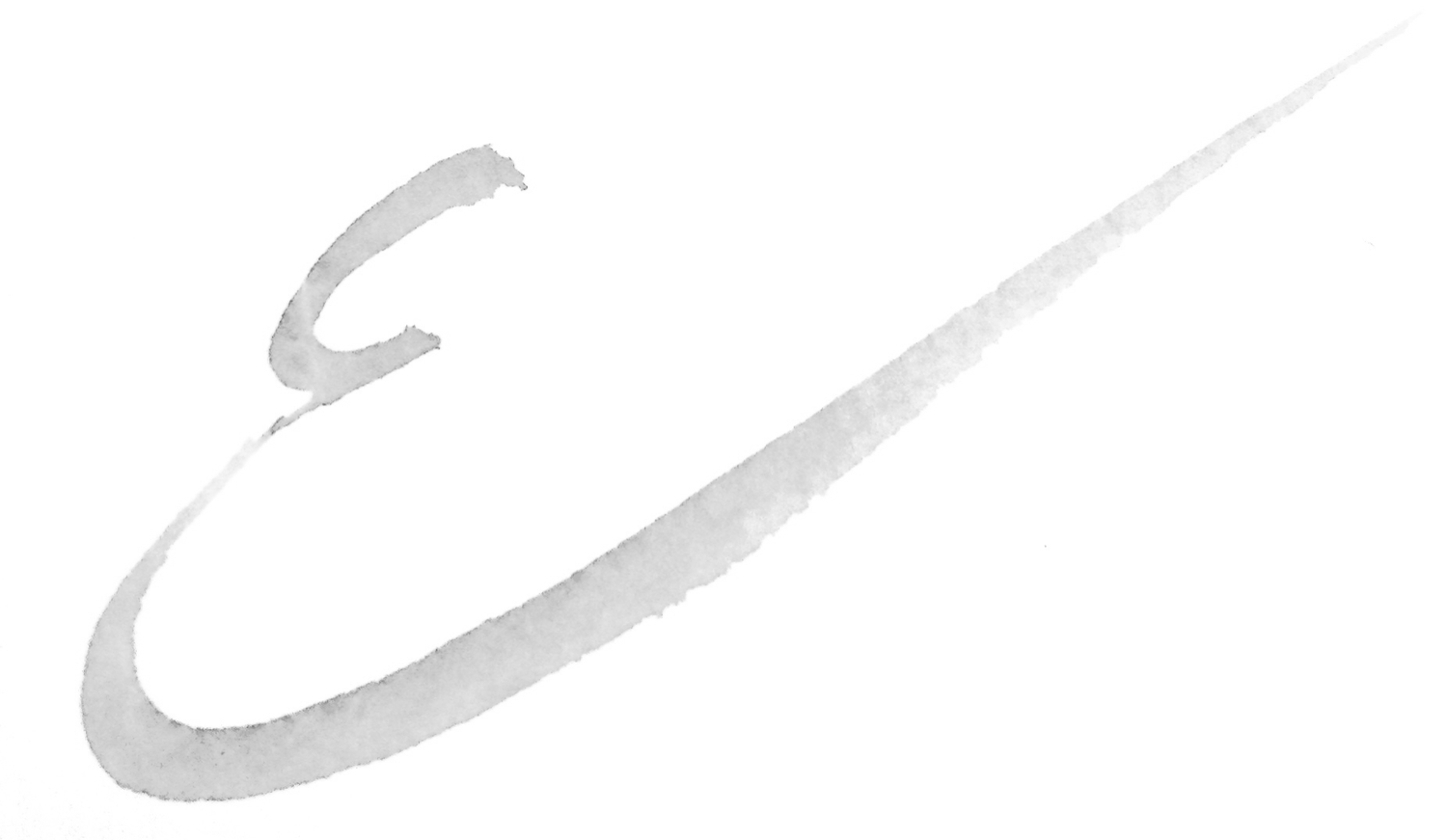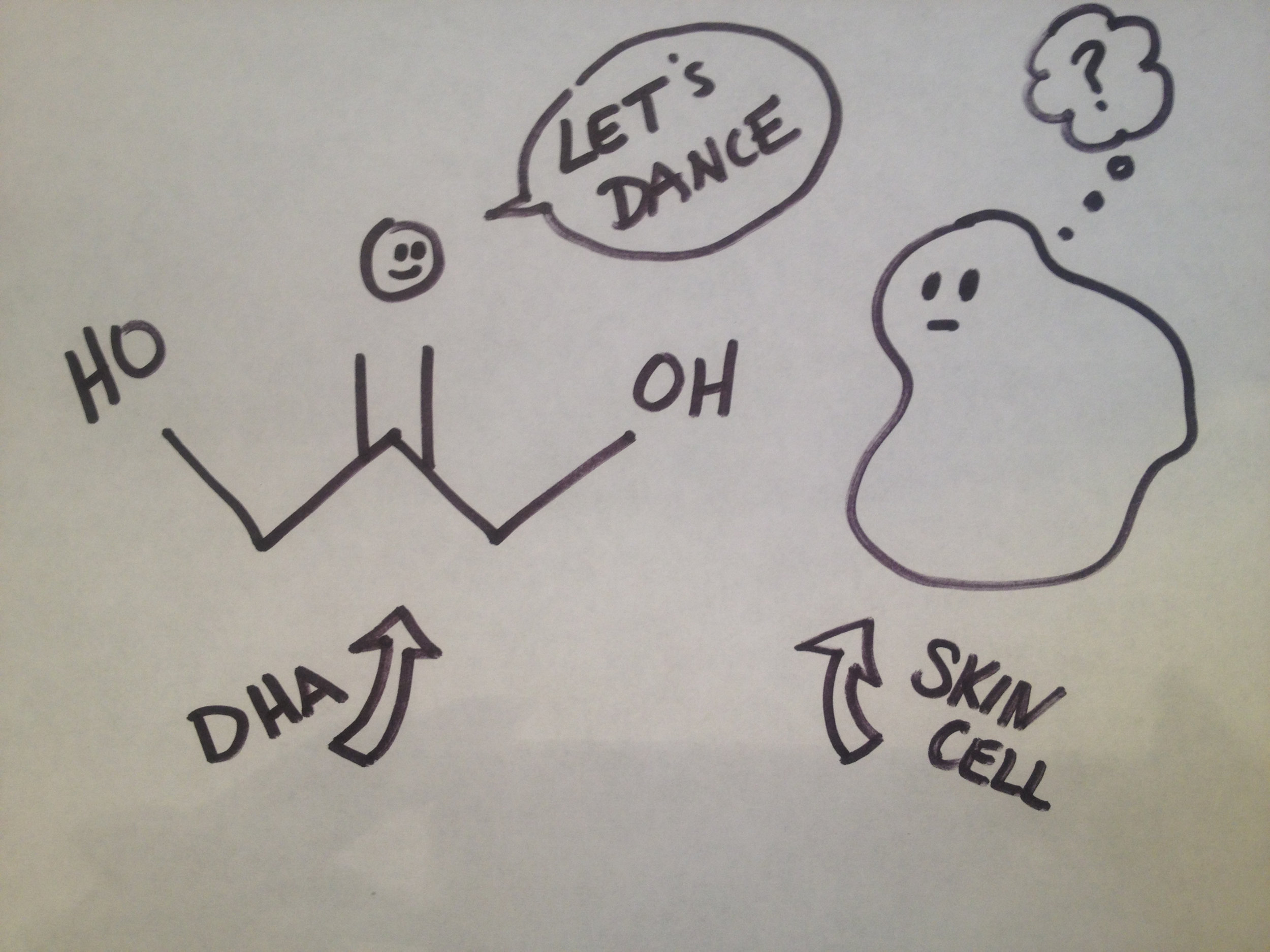I just got home from the fabulous Cosmos Beauty Bar, the home of -you guessed it- Cosmopolitans (and wine, and coffee, and martinis!) AND simultaneous high-quality beauty treatments by amazing professionals. This cutie pie place is located conveniently in my neighborhood in the suburbs of Chicago, and offers spray tans, waxing, and all kinds of fabulous nail services. Although I did not happen to imbibe today, I did indulge in a pedi and a spray tan… which got me thinking about spray tans, how they work, and why they rock.

It seems that the first 'fake tan' was available around 1960, when Coppertone® came out with the first sunless-tanning product -- QT® or Quick Tanning Lotion. I understand that this was an orange-nightmare of sorts. Yikes.
Anyway, things have come a long way since then, and there are all kinds of formulations and application methods to suit your fancy. The ones that I have the most experience with are DHA self-tanners. DHA is actually a type of sugar. Who knew?
According to the FDA’s website: “One commonly used ingredient in these products is dihydroxyacetone (DHA), a color additive that darkens the skin by reacting with amino acids in the skin's surface”
If you are having a spray tan, or spraying yourself (with a tan in a can), a fine mist of product containing DHA (Dihydroxyacetone) blankets the skin lightly. Lotion products also contain DHA. It turns out that DHA does not produce the same melanin as a "real tan" (by stimulating melanin levels), but it does create the look of a tan appearance by turning the upper layers of the skin brown. DHA activity only takes place in the upper layer of the skin (epidermis) as amino acid proteins and epidermis skin cells mingle and party.
Typically, color develops somewhere between 2 - 24 hours from the application and the intensity is depends on how much DHA in the product. More DHA=More Brown.
If you’re having an “airbrush” tan, or a spray tan applied by an individual, it usually means that you’ll be in your undies in front of a stranger… but really, there’s nothing they haven’t seen… so try not to worry about it. It’s less than 10 minutes, and the result is AWESOME, custom, and usually really dang perfect.
If you go to an LA Tan, or similar tanning boutique, they will also offer a spray tan or UV-Free tan via a booth. This is more private, usually a bit cheaper, but not as flawless as the airbrush. Oh, and it feels fumy! I try to hold my breath as much as I can, but I’m sure the poor employee on staff does not want to find me passed out in there... so I do feel like I end up breathing some of it in- just a bit worrisome for me, but it’s still GOTTA be safer than UV tanning, so I’m still doing it. Take that, tanning beds!
If you’re a DIY-type, here are a few of my favorite at home self-tan products:
Playboy (yes, they have tanners!) Glitz Celebrity Sunless Spray …AMAZING. Love the lotion too, but you might want to try applying it with one of those disposable sponge brushes that painters use for corners… it’s pretty dark (scary) when it comes out of the bottle…
Victoria’s Secret Beach Sexy Instant Bronzing Shimmer Lotion
Fake Bake Airbrush Self Tanning Spray
Jergens Natural Glow+ Firming (I generally don’t bother with the fair to medium levels… go for the gold! Err, GOLDEN with medium/tan!) This is also awesome for maintaining a spray tan! Caution, this one has a bit more scent than the others in the line.
For Face: Clarins Face Self Tanning Mouse SPF 15… extra points for SPF, Clarins!
The take-away from today: It may take some trial and error (though we are much better off these days than in 1960!) but it's important to find a bronzer, a spray tan, or a self-tanner that works for you.
...because always remember, kids: we all need to practice SAFE SUN... your skin will thank you!

